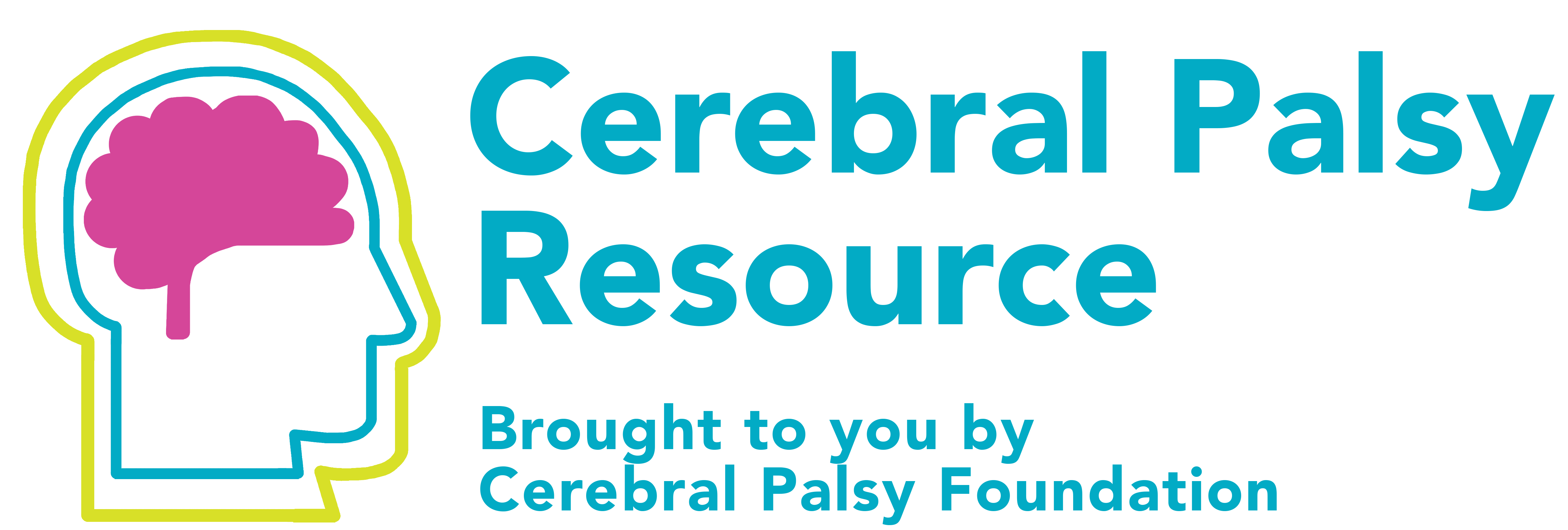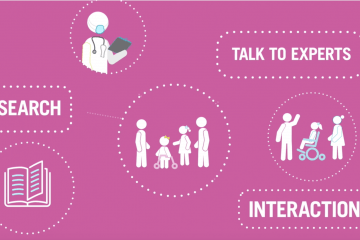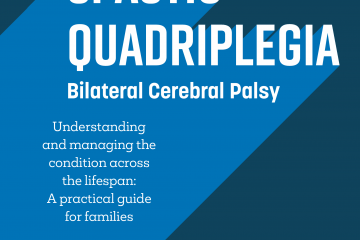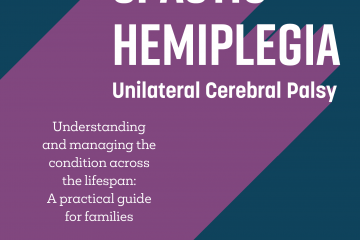How Does Spasticity Impact the Body?
Spasticity is classically defined as a velocity dependent increase in tone.
What does this mean? It means that that muscle can get tight or resist movement, and that this depends on how fast you try to move that muscle. A slow and gentle movement might be easy to accomplish, but when one tries to move quickly, the muscle can get stuck or have a hard time reaching its end range.
How does spasticity affect the different parts of the body? Spasticity typically affects particular parts of the body depending on the area of the brain that is injured:
- Hemiplegia is when just one side of the brain has been injured or had an insult, then we see spasticity develop on the opposite side of the body.
-
Diplegia is when both sides of the brain are affected in the areas that innervate the legs.
-
Quadriplegia occurs when the brain insult is more broad or more diffuse, then all the limbs of the body are affected.
How do you treat spasticity?
Medications: We usually start with medicines that can be taken by mouth or through a feeding tube to try to reduce tight muscles.
Injections: We also will use injections with botulinum toxins to inject the muscles, or the nerves that lead to those muscles, to reduce spasticity.
Surgical Interventions: There are surgical interventions that can be directed to spasticity, including rhizotomies, or the implantation of a pump that puts medicine near the spinal cord.
Why is it important to participate in research?
We're always looking for ways to improve the treatment of spasticity, new medications, and better ways of using the tools that we already have. This means that for people who have CP in their families, it is really valuable to learn about what's possible, and to share ideas and input so that our efforts are directed in the most useful fashions.
"I hope that everyone with CP and their families know there is hope for spasticity improvement. The key is communicating with the treatment team to identify goals so that we can utilize the best tools we have to achieve them."







